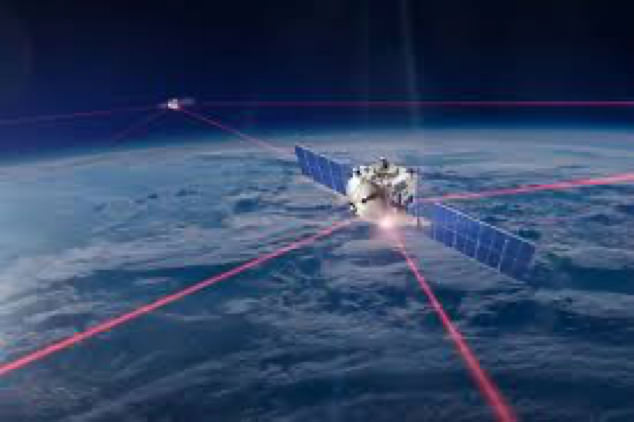Only 5 years ago no-one would have predicted this turn of events. Amazingly, there are soon going to be 3 viable options for many regional consumers to get access to broadband speed internet.
Firstly, the traditional local mobile carriers are rolling out their 5G technology with an ever-increasing coverage footprint, Telstra already have over 75% of the population covered and reliable broadband speeds of over 100 mbps down load speeds and 20mbps upload speeds. Then there is Starlink, Elon Musk’s Low Earth Orbit (LEOs) satellite network, that is rumoured to be entering into production phase later this year. Starlink will eventually give ubiquitous world-wide coverage. And finally, the traditional regional internet provider, nbn which uses their 2 Sky Muster geostationary satellites and fixed wireless technology to supply broadband internet.
Which of these technologies will end up the eventual winner?
5G allows true mobility, you can travel in a car and whilst in mobile coverage, continue to receive broadband speeds, this is something that the other 2 technologies cannot do. This is because mobile technology has been designed specifically with this capability in mind. This allows 5G to continue to have a distinct competitive advantage for when one is mobile and where coverage is available, and I believe will be continued to be used as a complementary broadband service.
The real battle will be between Starlink and Sky Muster. Both can be received anywhere within the continent of Australia where one can get a clean line of site into the sky, no blocking trees or buildings. Although, both services won’t be offered in metropolitan areas as it will result in user congestion issues.
Both services require set up, whilst Starlink can be setup at home by following a step-by-step guide, the satellite robot dish automatically aligns itself to the nearest orbiting LEO satellite, Sky Muster requires a visit from a qualified installer, 1- 0 to Starlink.
A key competitive advantage of Star Link is the fact that it is a LEO satellite constellation, and you may ask yourself why this matters, but it matters a lot. LEO satellites fly around 550kms above the earth and Sky Muster is positioned above 35,000 kms above the earth. This means the signal, must travel just 1,100 kms for a LEO service but over 70,000 kms for geostationary satellite service. Even at the speed of light it takes approximately 45ms for Starlink signal versus Sky Muster’s signal of 600ms and this added delay really impacts the usability of key services such as voice, video calling, gaming and live streaming. 2-0 to Star Link.
And then there is the all-important broadband speeds, Starlink service is still in beta testing but averages at about 100mb down load speeds and the highest Sky Muster download speed offered is 25mb, 3-0 to Starlink.
Finally, there are no data limits on the Starlink service, Starlink spreads the data load over multiple satellites. Sky Muster does have data download limits, depending on the retail plan chosen, 4-0 to Starlink.
There is 1 advantage that Sky Muster currently holds over Starlink and that is on price ($0 set up fees + around $80 per month for Sky Muster vs $809 (delivery + dish) + $139 per month for Starlink), although this advantage may decline over time as Starlink reaches economies of scale, 4-1 to Starlink.
So, if I look into my crystal ball into the future, I see a combination of 5G and Star Link dominating the regional broadband market with a legacy base of nbn Sky Muster users remaining.

